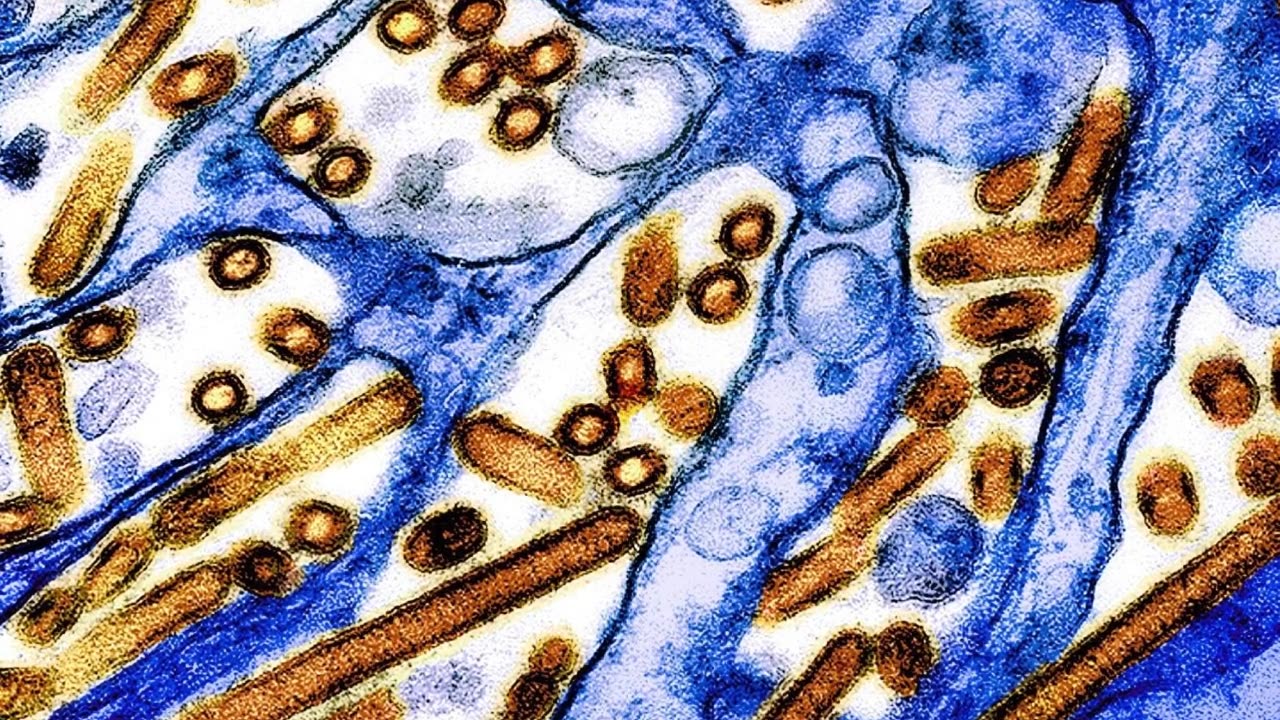Premium Only Content

Cow Flu Crisis? Decoding the Dangerous Jump of H5N1 to Humans
Research on H5N1 influenza in U.S. dairy cattle shows the virus can cause severe disease in mice and ferrets but lacks efficient transmission through respiratory droplets. This finding suggests a limited potential for these bovine-derived viruses to cause widespread disease among mammals.
Experimental Findings From H5N1 Infection in U.S. Dairy Cattle
A series of experiments with highly pathogenic H5N1 avian influenza (HPAI H5N1) viruses circulating in infected U.S. dairy cattle found that viruses derived from lactating dairy cattle induced severe disease in mice and ferrets when administered via intranasal inoculation. The virus from the H5N1-infected cows bound to both avian (bird) and human-type cellular receptors, but, importantly, did not transmit efficiently among ferrets exposed via respiratory droplets.
The findings, published on July 8 in the journal Nature, suggest that bovine (cow) HPAI H5N1 viruses may differ from previous HPAI H5N1 viruses and that these viruses may possess features that could facilitate infection and transmission among mammals. However, they currently do not appear capable of efficient respiratory transmission between animals or people.
-
 LIVE
LIVE
TheDailyWire
8 hours agoThe Daily Wire | Live from D.C. | Inauguration Day
4,036 watching -
 LIVE
LIVE
Graham Allen
2 hours agoTrump’s Return: Executive Orders, Border Action, and TikTok Meltdown
7,139 watching -
 LIVE
LIVE
LFA TV
18 hours agoLIVE: INAUGURATION OF PRESIDENT DONALD J. TRUMP 1.20.25 9:30am
2,469 watching -
 LIVE
LIVE
AP4Liberty
2 hours ago $0.99 earnedTrump Inaugural: a Revolution of Common Sense
544 watching -
 LIVE
LIVE
Jeff Ahern
1 hour agoMonday Madness with Jeff Ahern (Inauguration Edition)
531 watching -
 1:22:23
1:22:23
Game On!
2 hours ago $3.25 earnedJosh Allen PROVES he is the NFL MVP after DESTROYING the Ravens!
26.4K2 -
 9:12
9:12
Space Ice
21 hours agoVan Damme's Kill 'Em All Too Proves He's The Anti-Seagal The World Needs - Best Movie Ever
37.9K18 -
 47:50
47:50
Survive History
22 hours ago $6.49 earnedCould You Survive as an Allied Frontline Soldier in World War Two?
63.7K7 -
 1:05:53
1:05:53
TheDozenPodcast
20 hours agoFist fights, murder, street life: Tommy Hench
32K8 -
 20:56
20:56
Bearing
21 hours agoThe Useless WOKE Bureaucrats That Let California BURN 🔥
25.2K46